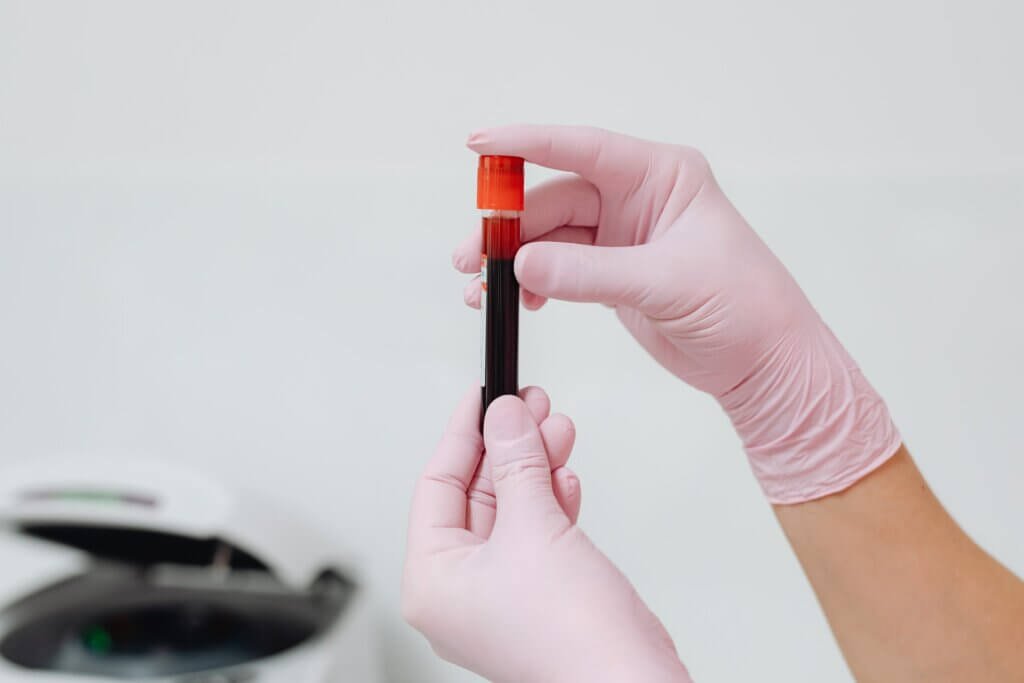Blood
Youthful blood transfusions slow the aging process, may help older adults live longer
DURHAM, N.C. — It appears vampires had it right all along. Researchers recently highlighted the remarkable potential of a new treatment in the battle against aging: the blood of young creatures.
According to researchers from Duke University, joining the circulatory systems of a young and an old mouse can delay aging at the cellular level and extend the older mouse’s lifespan by up to 10 percent. Study authors from Duke Health discovered that the longer the animals’ circulatory systems were combined, the longer the anti-aging effects lasted after they were separated.
The study indicates that younger individuals may possess specific components in their blood that contribute to vitality. If identified, these factors could pave the way for treatments to accelerate healing, rejuvenate the body, and potentially add years to one’s life.
“This is the first evidence that the process, called heterochronic parabiosis, can slow the pace of aging, which is coupled with the extension in lifespan and health,” says Dr. James White, the study’s senior author and assistant professor in the departments of Medicine and Cell Biology at Duke University School of Medicine and the Duke Aging Center, in a university release.
Heterochronic parabiosis involves surgically merging two animals of different ages to share a single circulatory system. The primary aim was to discern if the benefits of this process were temporary or more enduring.
Previously, research from Duke and other institutions noted anti-aging effects in the older mice after three weeks of sharing circulation with younger mice. These older mice displayed increased activity, and their tissues exhibited signs of rejuvenation.
“Our thought was, if we see these anti-aging effects in three weeks of parabiosis, what happens if you bring that out to 12 weeks,” says Dr. White. “That’s about 10 percent of a mouse’s lifespan of three years.”
The experiment utilized young mice at four months and older mice at two years.
The older mice showcased improved physiological functions and lived 10 percent longer than their counterparts who didn’t undergo the procedure after a two-month separation period. The process significantly decreased the epigenetic age of blood and liver tissue in the older mice and induced gene expression changes that counteract aging. These changes resemble the benefits seen in lifespan-extending measures, such as limiting calorie intake. The rejuvenating effects persisted even two months post-separation.
If applied to human-age metrics, the parabiosis exposure would be akin to pairing a 50-year-old with an 18-year-old for approximately eight years, potentially adding eight years to the elder person’s life.
However, Dr. White emphasized that the objective of the experiment wasn’t to suggest long-term blood sharing between young and old humans, noting the evident ethical and practical concerns. He also mentioned that other anti-aging techniques, like calorie restriction, have shown more promising results in extending life in mice.
“Our work points to a need to explore what factors in the circulation of youthful blood cause this anti-aging phenomenon. We have demonstrated that this shared circulation extends life and health for the older mouse, and the longer the exposure, the more permanent the changes,” notes Dr. White. “The elements that are driving this are what’s important, and they are not yet known. Are they proteins or metabolites? Is it new cells that the young mouse is providing, or does the young mouse simply buffer the old, pro-aging blood? This is what we hope to learn next.”
The study is published in the journal Nature Aging.
You might also be interested in:



